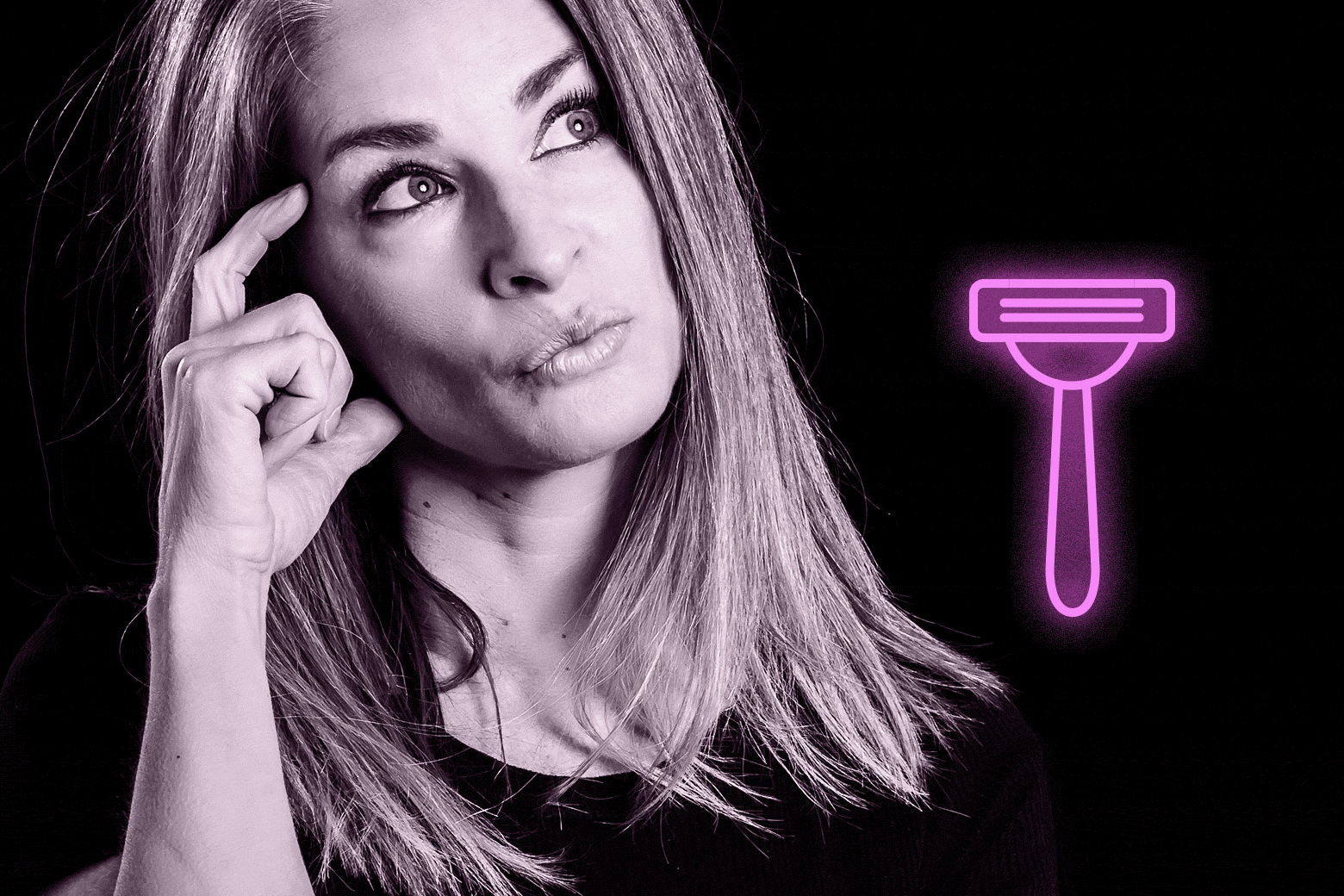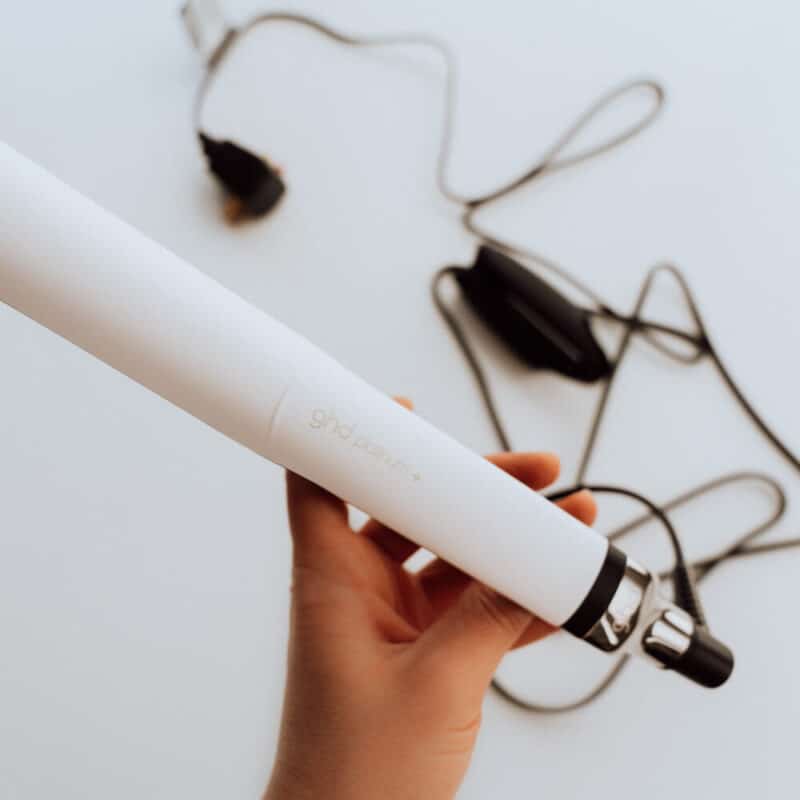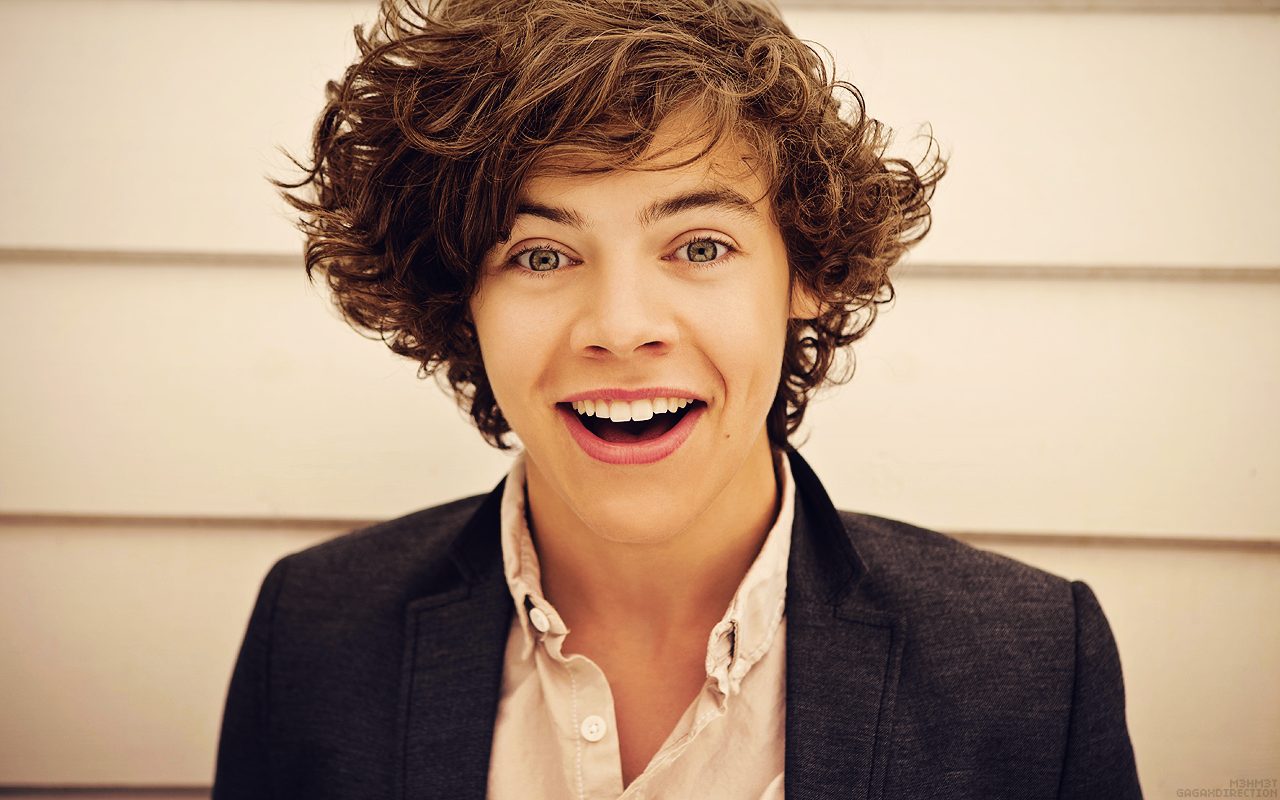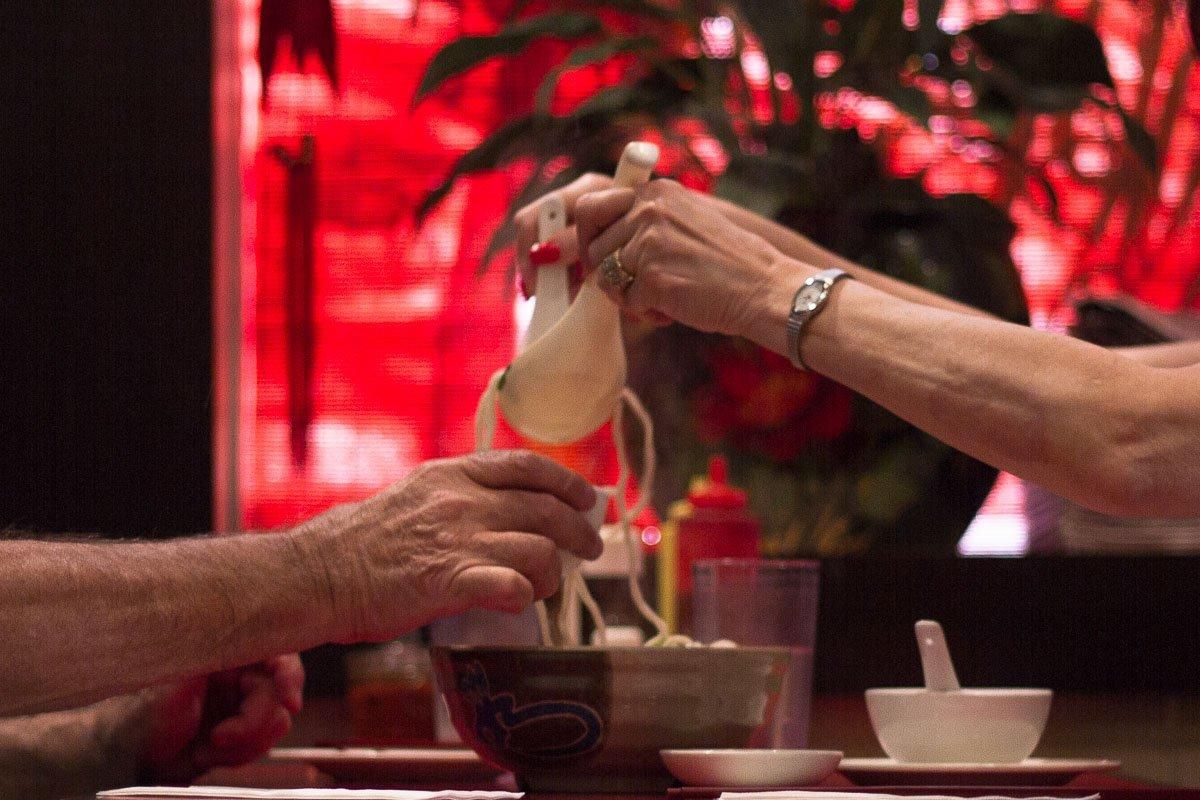Table Of Content
- Reducing friction
- Do Blondes Have Blonde Pubic Hair? How to Spot Fake Blondes?
- Tanner Stages of Puberty
- Is it true that blondes can have blonde pubic hair, or is this just a stereotype?
- Is it a good idea to shave off your pubes?
- It shows up in five distinct stages.
- What factors contribute to someone having blonde pubic hair?
- Can individuals dye their pubic hair to match or change the color of their head hair?

The color of pubic hair, like any other type of hair on our bodies, can vary from person to person. While the exact reasons for different hair colors are not fully understood, it is believed that both genetic and hormonal factors play a role in determining the color of pubic hair. It is important to note that the color of an individual's pubic hair is highly variable and can be influenced by a combination of these factors.
Reducing friction
From head to toe, our bodies can surprise us with different hair colors and textures. But have you ever wondered about the color of your pubic hair? It's a topic that's less frequently discussed, but one that's sparked curiosity for many. Specifically, people often wonder if it's possible to have naturally blonde pubic hair. So, let's dive into the genetics and science behind hair color to find out if this golden surprise can truly exist in one of the most unexpected places. One significant factor in determining the color of pubic hair is genetics.
Do Blondes Have Blonde Pubic Hair? How to Spot Fake Blondes?
The amount and type of melanin present in our hair follicles determine whether we have blonde, brown, red, or black hair. While the color of our hair is primarily determined by genetic factors, it can also be influenced by environmental factors such as exposure to sunlight or chemical treatments. The production of these pigments is influenced by various genes, including MC1R, ASIP, and OCA2. Research has shown that variations in these genes can result in different hair colors, including the color of pubic hair.
Tanner Stages of Puberty
If you have concerns about the color of your pubic hair, it's always best to seek medical advice to ensure there are no underlying health issues contributing to the change. Pubic hair color can vary widely among individuals, with shades ranging from blonde to black, and even red or gray. Have you ever wondered why some people have different colored pubic hair?
Why Does Gillette Having A Singing Pubic Hair Ad? - Refinery29
Why Does Gillette Having A Singing Pubic Hair Ad?.
Posted: Thu, 20 May 2021 07:00:00 GMT [source]
Is it true that blondes can have blonde pubic hair, or is this just a stereotype?
Yes, it is completely natural for pubic hair to be a different color than the hair on the head. In fact, the color of one's pubic hair can vary significantly from person to person and may not always be the same as the hair on their head. Many people have wondered if there is a correlation between the color of the hair on their head and the color of their pubic hair. I think I started to remove body hair in junior high; I don't remember any specific prompting event as much as just a vague sense that that's what people do with adult bodies. To me, it just felt really important to do this [shoot] because I really wish I could have had some visibility as far as a hairy, dark-skinned person.

Never one to sugarcoat things, Khloé Kardashian revealed all her thoughts about pubic hair. "I'm all about the landing strip," she explained on her app. To promote the third year of her infamous SlutWalk, Amber Rose took to Instagram and defied its strict nudity rules with a shot of herself lounging with her bush on full display.
It shows up in five distinct stages.
This makes hair lighter and eventually grows gray, both on the head and in the pubic area. This typically involves trimming the hair to a suitable length and ensuring it is clean and free from any residue or oils. It's also advisable to apply a barrier cream or petroleum jelly around the pubic area to protect the skin from staining. Before dyeing pubic hair, it's crucial to conduct a patch test to check for any potential allergic reactions or skin irritation. This involves applying a small amount of the dye to a small area of skin and waiting for at least 24 hours to see if any adverse reactions occur.
What factors contribute to someone having blonde pubic hair?
Pubic hair, like hair on other parts of the body, can vary in color from person to person. While the general color of pubic hair is typically similar to the hair on one's head, it is not uncommon for it to have a different color. Several factors can contribute to the variation in pubic hair color, ranging from genetic predisposition to hormonal changes. The variation in pubic hair color is due to the complex interplay of genetic and hormonal factors. Puberty, for example, can cause changes in hormone levels, which can affect the color of pubic hair. As a result, many people may notice that their pubic hair starts to change color during adolescence.
Can individuals dye their pubic hair to match or change the color of their head hair?
Pubic hair acts like a protective buffer, reducing friction during sex and other activities. Above all else, it lessens friction during sex and prevents the transmission of bacteria and other pathogens. Meanwhile, Pamela Jeschonek, an esthetician and the owner of Everyday Esthetics in Pittsburgh maintains that she's seeing a growing number of women go the natural route. In contrast to the bikini-clad Angelenos and big-city New Yorkers, her Pennsylvania clients are "over" the bare look. "Some ladies seem to age out of the style because they have kids and jobs, and it becomes less of a priority," she says.
According to Weiss, the coarse, thick texture of our pubes is evolutionarily similar to that of gorillas. And phthirus pubis — or as you probably know it, “crabs” — is something we acquired, in Weiss’ words, "probably directly from gorillas." It's likely that you have your fair share of questions about your hair below the belt, questions that you've never even deigned to Google, let alone ask a professional. They're known as the Tanner stages, and most girls take four or five years to go through them all.
The color of pubic hair is determined by genetics and can be influenced by a variety of factors such as ethnicity, hormones, and age. It is not uncommon for someone with naturally blonde hair to have pubic hair that is darker or a different color. It is important to distinguish fact from fiction when it comes to pubic hair color. While there is no denying that natural blondes tend to have lighter hair all over their body, including their pubic area, the color of pubic hair can vary from person to person. In conclusion, the growth of pubic hair is a natural part of sexual development, and it is influenced by hormonal changes in both males and females. The color of pubic hair can vary from person to person and is not always the same as the hair on the head.














